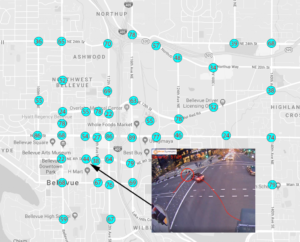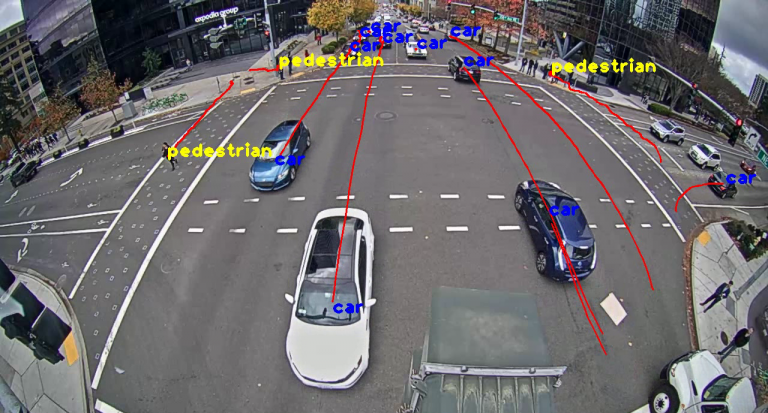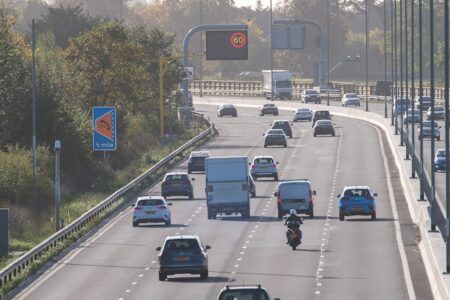As part of a Together for Safer Roads campaign, Canadian video analytics company Brisk Synergies is partnering with the City of Bellevue in Washington State to deploy a network-wide traffic safety monitoring solution in an effort to detect dangerous interactions and prevent collisions before they happen.
The Bellevue Transportation Department manages more than 200 signalized intersections and has previously used traditional and manual safety evaluation techniques focused on collisions, but these methods are reactionary, expensive and time-consuming. The Department’s goal is to make use of video analytics to gather accurate and reliable conflict data in real-time. Better insights of conflict interactions will enable the team to make proactive decisions on corrective measures, reduce collisions, and help the city meet its Vision Zero goals of eliminating traffic deaths and serious injury collisions by 2030.
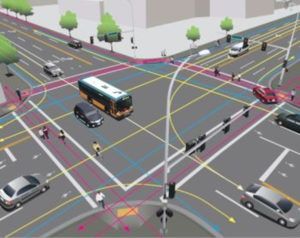
Bellevue’s partnership with Waterloo, Ontario-based Brisk Synergies is being conducted at over 75 sites, including before/after testing and cross-sectional studies along the city’s High Injury Network. The safety analytics platform is based on surrogate-safety indicators considering measures of proximity (post-encroachment time and time to collision) and collision risk indicators developed by Brisk Synergies. The city’s existing traffic cameras have been used to analyze near misses that occur between all road users. These insights will provide Bellevue with more context and data, allowing the city to take more proactive approaches in making their roads safer to achieve their Vision Zero goals. This strategic partnership with Bellevue is a continuation of work that was initiated by Microsoft.
Based on the collision prediction models and methods, a network screening tool will be integrated into the platform. Each intersection will receive a Brisk Safety Score based on the different Brisk Synergies risk indicators, with the tool helping to rank and identify the most dangerous intersections. As part of a two-month trial run, the city now has 40 cameras equipped with this technology that are tracking every near collision or unusual event in Bellevue. The city plans to look over the data and determine by the end of the year if they want to continue using this technology.
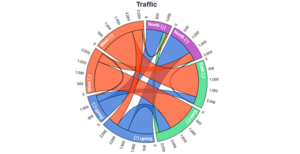
“We chose Brisk Synergies as our collaboration partner for the safety video analytics towards the vision zero project. Their expertise in AI, computer vision and leadership in automated, video-based road safety analysis is critical for our road network screening deployment,” said Franz Loewenherz, principal transportation planner for the City of Bellevue. “We’re using our existing camera systems, cloud computing and machine learning to identify locations where there may be crashes so we can proactively improve on those conditions. This way, we’ll be able to be proactive, rather than reactive, when it comes to traffic safety. Our fundamental goal here is to get out ahead of crashes before they happen.”
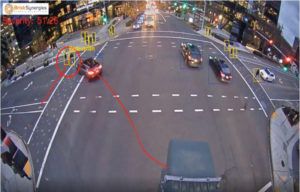
Brisk’s CEO, Charles Chung, said, “It can take years to get results from, and see patterns in, police crash data, which has long been a relied-on source for roadway injury and fatality statistics. The challenge that we face is that we’re waiting for up to five years for crash data; what our solution provides ultimately is essentially expediting the knowledge into the matter of a few days.”
